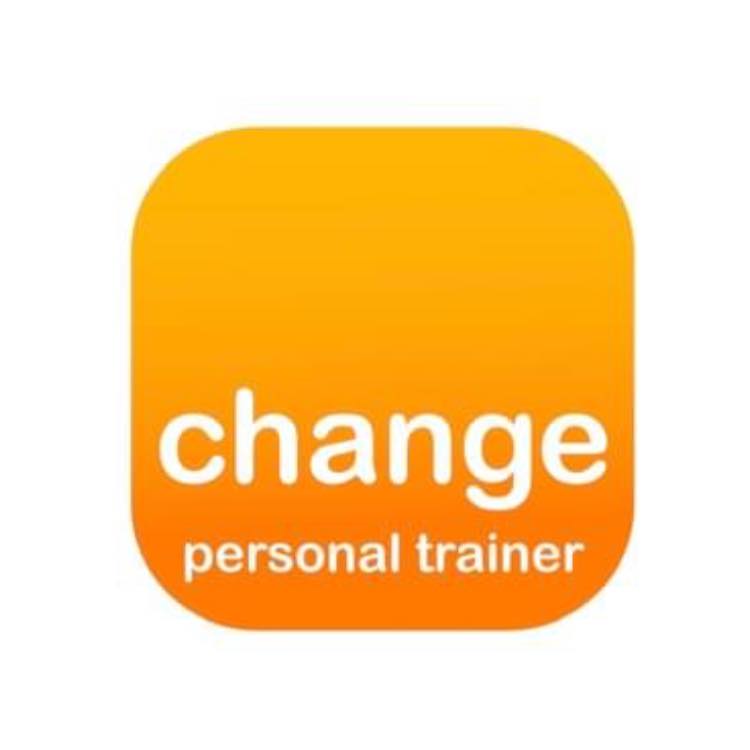
Planning
Planning
Image by WOKANDAPIX from Pixabay
Planning
What you reap, you sow
How many times have you seen someone at the gym doing the same workout routine, but not doing it right or effectively? The routine is often unplanned and without a logical progression or foundation, and the outcomes are often not worth the effort expended. Over-training specific muscle groups can lead to long-term damage to the body's mechanical, tissue, and nervous system, as well as neurological and physiological fatigue.
I made every mistake that every person does when they are in their early years of training. The reason being, I was completely new to the game and enthusiastic about it, especially with greats such as Arnold Schwarzenegger, Sylvester Stallone and Jean Claude Van Damme. Everyone and their dog said that if they followed this plan, brought this piece of machinery or trained this hard, you could be as good as an Olympian god. I remember going to the gym, working intensely on 10 different exercises for sets and reps galore, and wondering why the next day I could only just lift one cheek of my backside off my bed. Furthermore, the long-term damage I was inflicting to my body would return to haunt me later in life.
Plan & function
At that time, the art of planning was deemed unnecessary unless you were a professional athlete, with most trainers worth their weight in gold keeping a tight grip on their training secrets. For the most part, anyone starting an exercise routine was presented with either team sport, athletics, bodybuilding, jogging, gymnastics, swimming or some form of martial art including boxing. To put it in more simplistic, it was often seen as a choice between Conan, the barbarian, and kick-boxer.
Any planning process should be simple, effective and progressive to be successful. There is no point in developing an overly complicated plan. The more complicated a system is, the more potential there is for something to go wrong. The acronym K.I.S.S. is always a good rule to follow - keep it super simple, and you can't go wrong. A good routine should always consist of a warm up consisting of a pulse-raiser and then a dynamic stretch, even if you're not doing cardio. Followed by the main component consisting of 4 main plans of the moment, last but not least developmental stretching and cool-down. If you do a routine the right way from the get-go, your training will always give you the best outcome.
Keeping on the right track
A plan is a course of action, a course of action gives you a direction to go. Consider it a railway, the train is you, the track is you planning the stops, the mile stones you reach on your journey. Fuel is the food that generates the energy you need. As with a railway, each component is as important as the other. To develop your training, you need a whole system approach.
Functional it is
I love functional training because it helps me move more efficiently in my daily life. All types of training have their benefits, but functional training helps with daily activities such as lifting, running, climbing, crouching, kneeling, and standing. This type of training helps improve your coordination, range of motion and balance, as well as your strength. The effects of this workout on fat burning are doubled by combining several planes of movement simultaneously. Reducing the time you spend working out, while also getting more results for your investment, what more could you possibly ask for?
READ MORE POSTS BY THIS AUTHOR
Mark Smith
Sigmund Bainbridge
"If you do anything in life, do it well". Ethel Elain Howe, my grandmother.
Large Call to Action Headline
© Created with systeme.io
